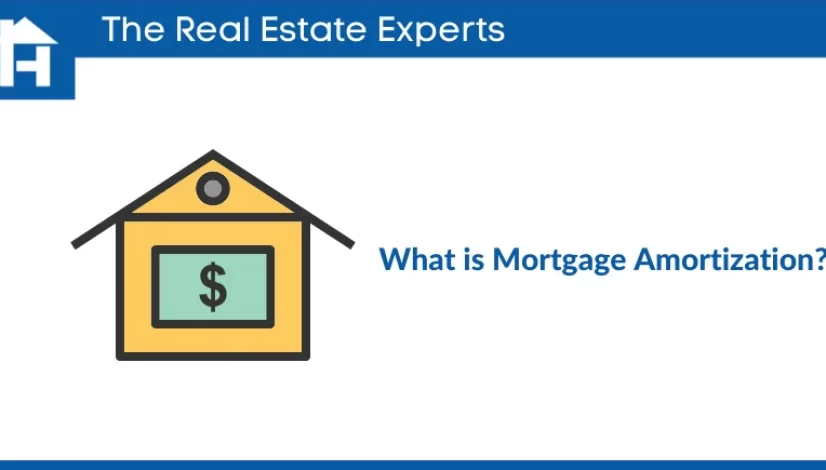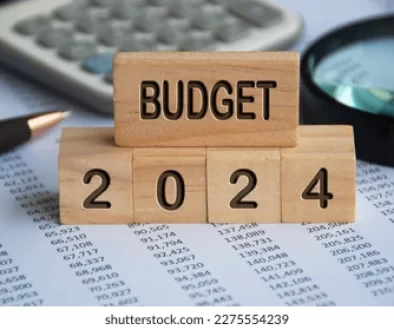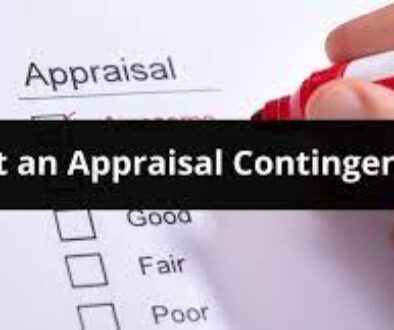Mortgage Amortization
Getting your first mortgage loan is always exciting, but it can sometimes feel a little overwhelming, too. You’ll supply a good bit of paperwork. Your lender will check your credit. And you may need to save up for a down payment and closing costs.
But one item you shouldn’t stress about is whether you can know in advance how much you’ll pay each month for your mortgage (before taxes and insurance).
Thanks to your amortization schedule, you’ll never be in the dark. This is a table that lists how many monthly mortgage payments you’ll make and how many dollars you’ll be sending to your lender with each payment. Let’s take a closer look at exactly how mortgage amortization works.
What Is Mortgage Amortization?
Amortization in real estate refers to the process of paying off your mortgage loan with regular monthly payments. These payments are made in equal instalments over the life of the loan, though the amount of the payment consisting of principal and interest can vary. The amortization period refers to how long it will take to pay off your mortgage in full.
Amortisation With Fixed-Rate Mortgages
Maybe you have a 30 year fixed rate mortgage. Amortisation here means you’ll make a set payment each month. If you make these payments for 30 years, you’ll have paid off your loan.
The payments with a fixed rate loan – a loan in which your interest rate doesn’t change – will remain relatively constant. They might rise or fall slightly if your property taxes or insurance costs jump or dip.
Amortisation With Adjustable-Rate Mortgages
An adjustable rate mortgage(ARM) works differently. In this type of loan, your interest rate will remain fixed for a certain number of years, usually 5 or 7. After this, your rate will change periodically – depending on the type of ARM you took out – according to the performance of whatever economic index to which your loan is tied. This means that your rate could rise or fall after the fixed period, causing your monthly payment to do the same.
Amortisation with adjustable-rate loans means the same as it does with fixed-rate versions: It’s simply the process of making regular monthly payments – even though they might vary over time – to steadily pay off your mortgage.
What Is A Mortgage Amortisation Schedule?
An amortisation schedule, often called an amortisation table, spells out exactly what you’ll be paying each month for your mortgage. The table will show your monthly payment, how much of it will go toward your loan’s principal balance, and how much will be used on interest.
When you first start paying off your mortgage, most of your payment will go toward interest. By the time you get several years into your payments, this will start to shift and most of your payment will be applied to your principal balance.
An amortisation table will also show the beginning balance of your mortgage payment each month – and the remaining balance after making your payment.
How Do You Create A Mortgage Amortisation Schedule?
What, then, will your amortization schedule look like? That depends largely on your interest rate and the type of loan you decide on.
Let’s say you’re approved for a 30-year mortgage for $200,000 at a fixed interest rate of 4%. Your monthly payment to pay off your loan in 30 years – broken down into 360 monthly payments – will be $954.83, not counting any money you must pay to cover property taxes and homeowners insurance.
In the table below, you can see that a whopping $666.67 of that first payment will go toward interest, with only $288.16 dedicated to principal. That first payment will reduce the principal balance of your loan to just over $199,711.
Gradually, a larger portion of each payment will go toward principal, and less will go to interest. For instance, by payment number 351, only $31.25 of your payment will go toward interest while $923.58 goes toward reducing your principal balance.
The Importance Of Understanding Your Amortisation Schedule
By studying your amortisation schedule, you can better understand how making extra payments can save you a significant amount of money. That’s because of interest. The faster you whittle down your principal balance, the less interest you’ll pay.
Mortgage Amortisation Acceleration Example
Here’s an example: Let’s suppose you take out the same 30-year, fixed-rate loan of $200,000 with an interest rate of 4%. If you put $100 extra toward your principal balance with each monthly mortgage payment, you’ll save $26,854 in interest payments than if you use the full 30 years to pay off your loan.
That’s a big impact from just $100 a month. It’s why understanding how your monthly payments are applied and the savings you can generate by paying a bit more each month can help you financially in the long run.
How To Use A Mortgage Amortisation Calculator
Homeowners can calculate their mortgage amortisation by using an amortisation calculator online. These calculators ask you to add in information pertaining to your loan and then use a formula to calculate your mortgage amortisation. To utilise a mortgage amortisation calculator, you’ll need to know the following pieces of information:
- Loan amount
- Interest rate
- The frequency of any extra payments you make
- The amount of any extra payments you make
Play with this amortisation calculator to see how different interest rates and terms impact your monthly payment. You can also see how making extra payments toward your principal impacts your interest savings and allows you to pay off your loan faster.
How Do Lenders Determine Your Monthly Mortgage Payment?
To determine the amount of interest you’ll pay each month – and, indirectly, your monthly mortgage payments– your lender will divide your loan’s interest rate by 12 to calculate your monthly interest rate. Your lender then multiplies your current loan balance by this figure to determine how much interest you’ll pay in a given month.
Your lender will then determine how much of a payment you’ll need to make each month to pay off your loan by the end of your term, whether that term is 15 years, 30 years or some other number.
This is why you pay more interest at the beginning of your loan’s term than you do in later years: Each time you make a monthly payment, the balance of your mortgage gets slightly smaller. That smaller balance means you’ll pay less interest over time.
Paying Off Your Mortgage Early
After learning more about mortgage amortisation, you may be wondering if it’s worth it to pay off your mortgage early. Whether that’s beneficial to you depends on your unique circumstances. While making biweekly payments or paying extra toward your principal each month can save you thousands in interest over time, you’ll want to make sure you won’t face a prepayment penalty if you pay off your mortgage early.




